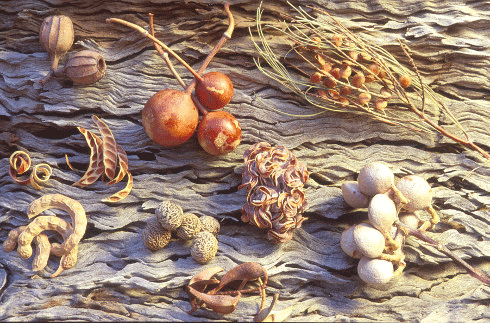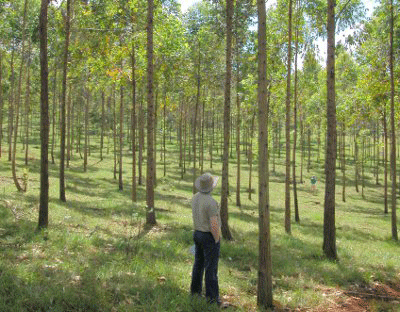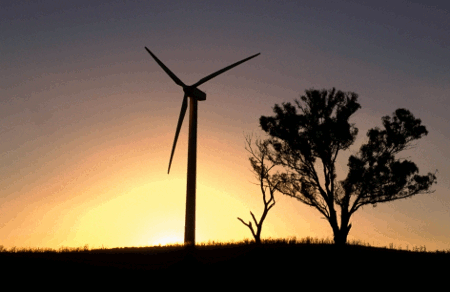
|
Published: 19 September 2011
Providing Australia’s tree species knowledge to the world
The Australian Tree Seed Centre (ATSC) was established in the 1960s with funding from the United Nations Food and Agriculture Organization to widely disseminate the seed of Australian tree species. It had become apparent that Australian trees – widely adaptable and especially suited to challenging and degraded environments – could help alleviate some of the unsustainable pressure that human population growth was placing on natural forests.

|
|
There is marvellous variety across seed pods from Australian trees. Much of this genetic diversity is stored safely in the Australian Tree Seed Centre. Credit:
Oliver Strewe
|
Next year, the centre celebrates 50 years of operation as a national facility for provenance-identified and documented seed of Australian trees. From CSIRO’s Black Mountain laboratories in Canberra, the centre has supplied wild and genetically improved seed from Australia’s unique woody flora to researchers, state agencies, private companies and local growers in Australia and more than 100 other countries.
Plantations from the genera Acacia, Casuarina and Eucalyptus are now globally significant, with millions of people – especially in tropical regions – dependent on them for their livelihoods. The significance of Australian tree crops is likely to increase in the coming decades as human population growth creates a large extra demand for wood products such as timber and paper, as well as for energy (heating and biofuel), environmental remediation and reforestation.
The ATSC serves an important role as a repository for the genetic diversity of Australian tree species. The collection is used by a wide range of researchers, who need well-documented genetic resources for research ranging from identifying tree crops for bioenergy to answering questions about phylogeny, speciation and weediness.
The centre also manages a large set of planted trial tree stands throughout Australia and overseas. Researchers use the stands as field laboratories to study aspects of the interaction between genetic and environmental variables – a research area growing in importance with the looming implications of predicted climate change. In some cases, the trial stands contain threatened tree species, and so serve as important repositories of genetic diversity.

|
|
A researcher visits a trial stand of Eucalyptus pellita trees. Credit:
ATSC
|
The ATSC currently stores 5000 seedlots from more than 800 species. The seeds are held in constant temperature rooms, cool rooms or freezers, depending on the species’ storage requirements.
The centre has an ongoing seed technology research program, which investigates optimal germination conditions for a species, seed storage techniques and factors affecting seed dormancy. The ATSC tests the germination of all stored seedlots every five years, and for many species, has tested a variety of methods to find the most effective germination pretreatments. Tests have been collated since the centre opened, and the results have provided germination standards for the many species in the centre’s collection. This comprehensive list of germination information for Australian tree seed species is available to the public via the ATSC website.
Sitting behind the ATSC’s operations is its seeds database, which stores information on all the centre’s seedlots, including location, germination tests, customers and dispatches. A model now used by other agencies, the database is also a central tracking system for any seed going into and out of the seed store, and allows customers to search for and order seedlots of species held by the centre.
Sarah Whitfield is Manager of the Australian Tree Seed Centre, run by CSIRO Plant Industry in Acton, Canberra.



